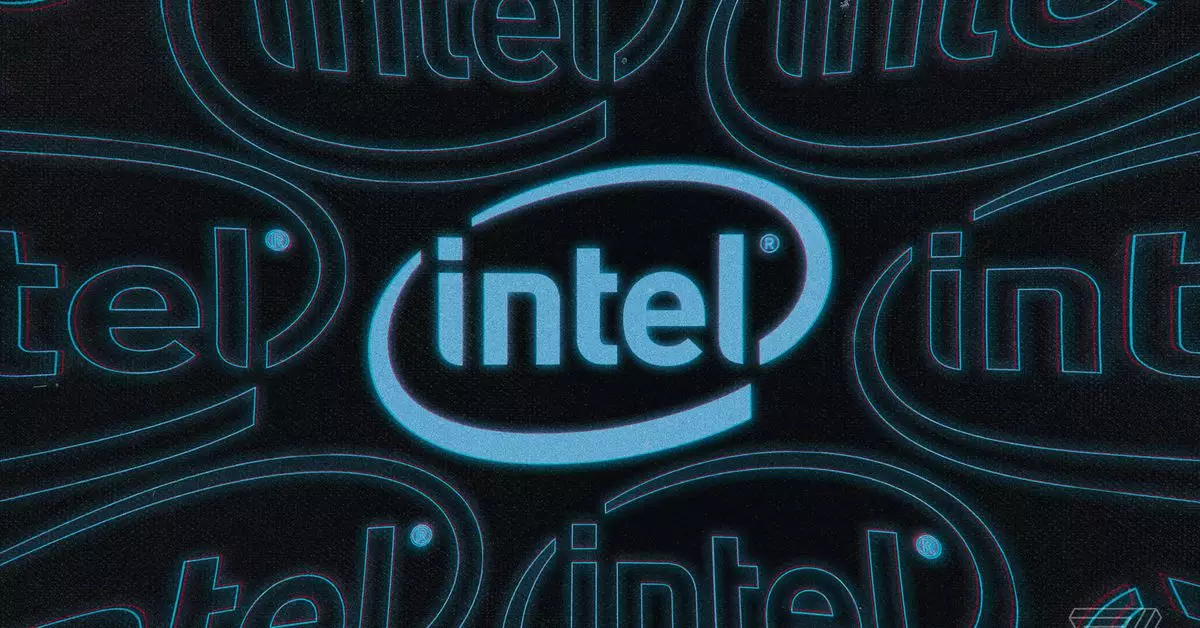The tech industry is always in flux, particularly in the competitive arena of computer processors, where giants Intel and AMD continuously vie for supremacy. Recently, Intel unveiled its latest line of Arrow Lake-based processors, aiming to enhance both performance and efficiency. However, the initial reception has been less than stellar, particularly when it comes to gaming capabilities. Industry experts and gamers alike have expressed concern, noting that the Core Ultra 9 200S-series processors fall short of expectations. It raises the question: what does this mean for Intel’s position in an already crowded market?
Gaming Performance: A Major Concern
Despite the high expectations surrounding Intel’s Arrow Lake series, detailed reviews reveal a different story. Analysts have pointed out that the new CPUs lag behind not only Intel’s previous Raptor Lake chips but also AMD’s Ryzen 9800X3D in terms of gaming performance. Reviewers from respected media outlets have highlighted discrepancies in power delivery and frame rates, which has led many to question Intel’s ability to revolutionize the gaming experience with this latest offering. This is particularly noteworthy because Intel itself has acknowledged that these chips aim to compete with AMD’s prowess, yet they fall considerably short.
Intel’s VP and GM of client AI and technical marketing, Robert Hallock, has been vocal about the company’s commitment to improvement. In a recent interview, he pointed out that the performance issues facing Arrow Lake processors are entirely Intel’s responsibility, dismissing external factors such as software compatibility issues as contributing elements. This admission showcases the company’s transparency, although it does little to quell user frustrations. Hallock emphasized that a comprehensive update will be forthcoming, likely by late November or early December, which will delve into the underlying causes of these performance issues.
Despite the rocky start, Hallock reassured listeners that the fundamental architecture of Arrow Lake’s design, which he described as having “solid bones,” provides a foundation for potential fixes. Intel seems to be gearing up for a series of updates and optimizations that could enhance performance down the line. Although this can be seen as a glimmer of hope, it begs the question of whether Intel can recover its reputation and regain the trust of consumers before AMD further solidifies its position in the market.
As it stands, the Arrow Lake processors represent a precarious moment for Intel in the gaming segment. With gamers and tech enthusiasts looking for reliable, high-performance options, the upcoming months will be crucial for both ensuring adequate fixes and regaining consumer confidence. Intel’s dedication to addressing the shortcomings of its latest chips is indeed commendable, but whether these promises materialize into actual improvements remains to be seen. As the world impatiently awaits Intel’s solutions, it is clear that the future of Arrow Lake will depend significantly on their ability to deliver on their commitments.

